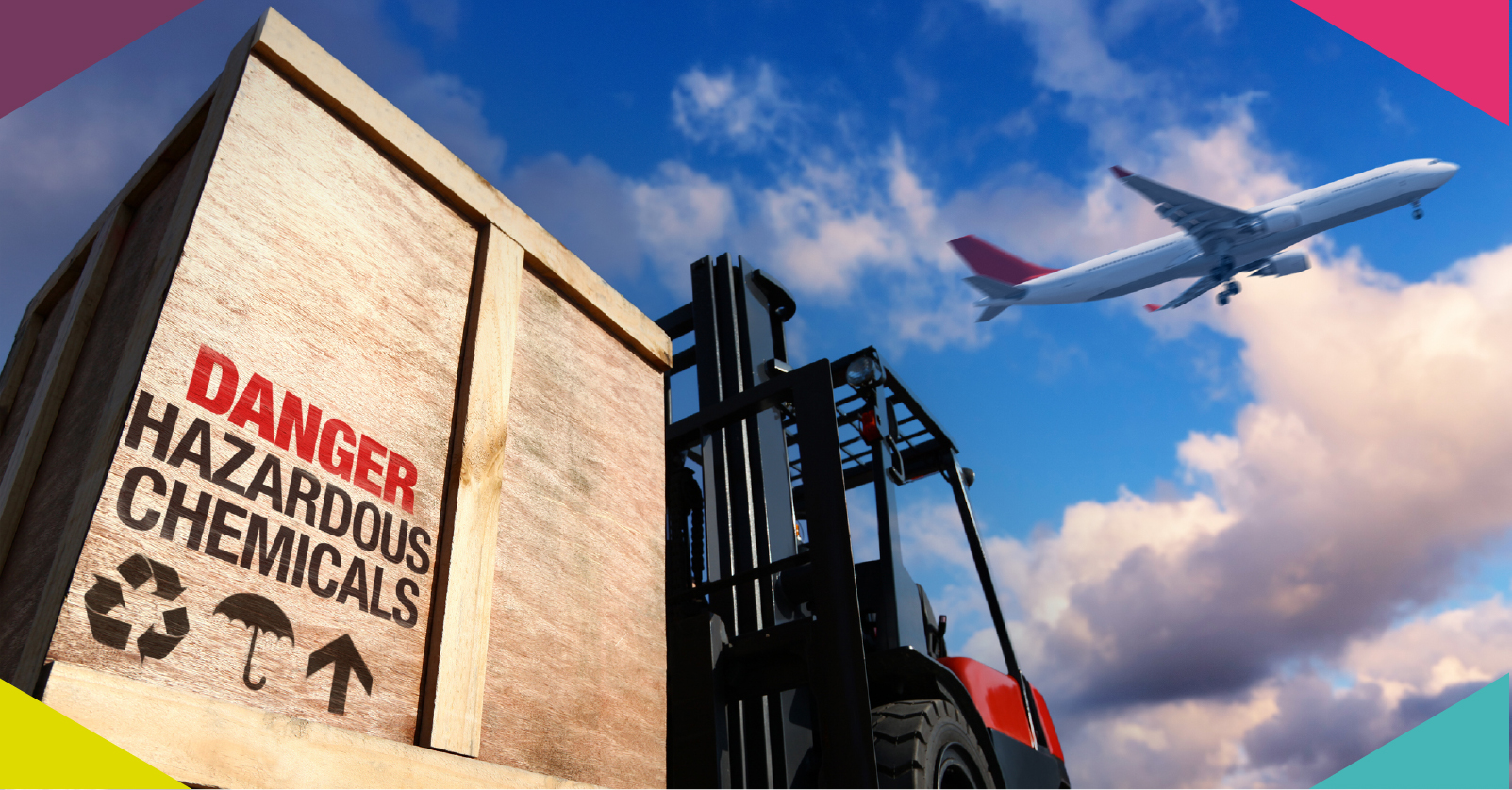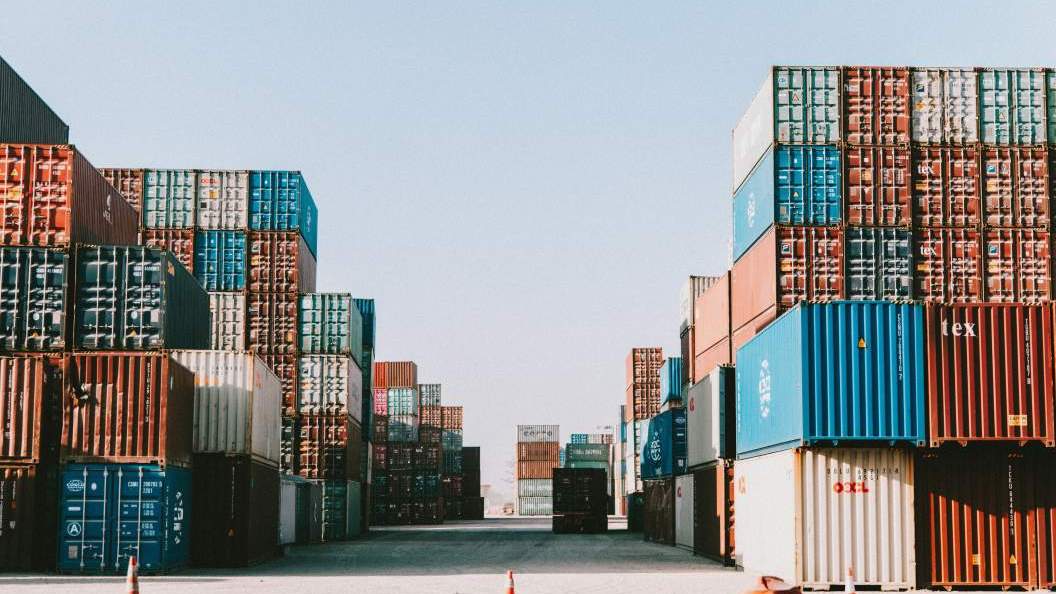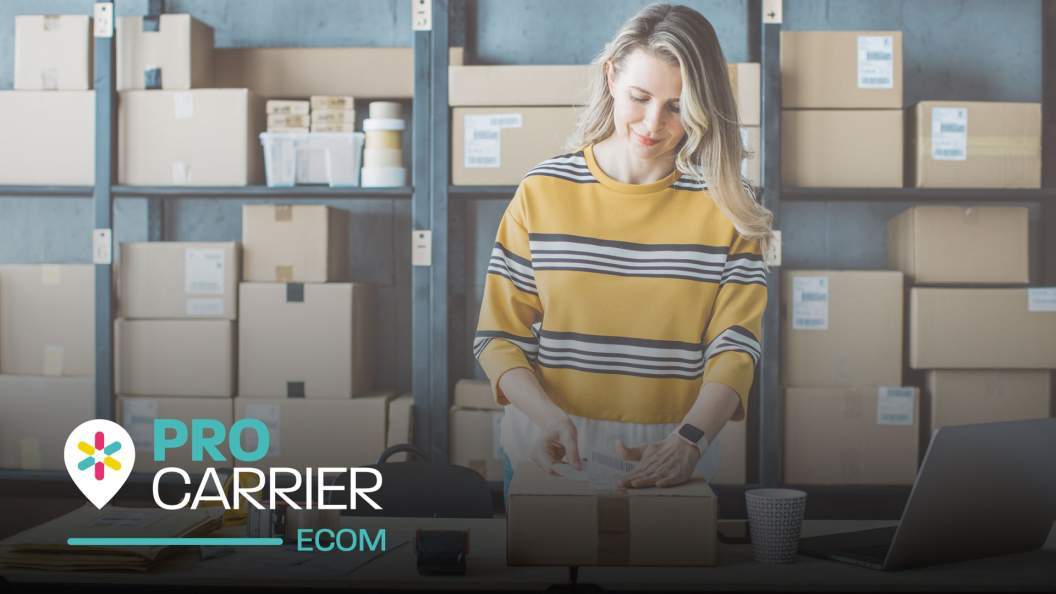Table of contents
Introduction
When it comes to international shipping, specific regulations must be adhered to, to ensure safety. One of the most important sets of regulations is the International Maritime Dangerous Goods (IMDG) Code, which outlines the standards and requirements for shipping hazardous materials.
This blog post will discuss the nine classes of dangerous goods you need to be aware of when shipping internationally and how you can proceed safely, as well as pointing you to training information and relevant data.
The 9 Classes of Dangerous Goods
UN Model Regulations uses a classification system to class different categories of goods. There are nine classes in total and we’ll explore each of them below.
Class 1 - Explosives
Class 1 explosives include all types of explosives, including fireworks and ammunition. This class is further broken down into divisions and subdivisions to outline the specific type of material. Class 1 materials can be difficult to transport since they require special containers and paperwork.
Explosive class products must be thoroughly tested and labelled with a special “Explosives” label prior to shipment. It is important to note that some countries may have additional restrictions on what types of explosives can be shipped into their borders.
Class 2 - Gases
Gases are included in Class 2 of the IMDG Code and can be divided into three categories: flammable, non-flammable, and poisonous gases.
Flammable gases, such as propane and butane, can be easily ignited and can create dangerous explosions. Whereas non-flammable gases, such as helium, are not easily ignited but may still pose a risk if they leak. Furthermore, inhaling poisonous gases, such as carbon monoxide, can cause serious health problems.
To ship gases internationally, you will need to adhere to the regulations outlined in the IMDG Code. This includes filling out special shipping paperwork and using approved containers. You may also need to get approval from local authorities before shipping.
Class 3 - Flammable Liquids
Flammable liquids are included in Class 3 of the IMDG Code. Flammable liquids include things like gasoline, kerosene and alcohol.
When shipping flammable liquids, it is essential to use approved containers and packing materials. You will also need to follow any special regulations for transporting flammable liquids. For example, in the United States, you may need a special permit to ship flammable liquids by air freight.
It is important to take precautions when shipping flammable liquids as they can easily create fires. Make sure all containers are appropriately labelled and test them before shipment. Follow all local regulations for importing flammable liquids and be aware of their dangers.
Class 4 - Flammable Solids
Class 4 of the IMDG Code covers Flammable Solids, which can easily ignite, creating a dangerous fire. Flammable solids include materials like matches, flares and some fireworks.
Make sure all containers are appropriately labelled and test them before shipment. Follow all local regulations for shipping flammable solids and be aware of their dangers.
Class 5 - Oxidizers & Organic Peroxides
Oxidisers are materials that can easily create fires and explosions. They are included in Class 5 of the IMDG Code and include things like perchlorates, chlorates and nitrates.
It is important to use approved containers and packing materials when shipping oxidisers because they can easily destroy packaging and create fires. You will also need to follow any special regulations for transporting oxidisers.
Class 6 - Toxic and Infectious
The Class 6 category of dangerous goods includes a variety of hazardous materials that can pose a threat to human health. These include poisons that can damage the body in whole or in part, as well as toxic gases. Taking precautions when handling these materials is vital, as they can be extremely dangerous if ingested, inhaled, or absorbed through the skin.
When shipping dangerous goods that are considered toxic, a company needs to take precautions to ensure the safety of its employees and the public. Some of the steps you should take include the following:
- Ensuring that employees who handle the toxic material are adequately trained and know how to handle it safely.
- Ensure the material is appropriately packaged and labelled so those handling it know it is dangerous.
- Restricting access to the area where the material is being stored or transported.
- Planning for emergencies in case there is an accident and these toxic materials leak from their packaging.
Class 7 - Radioactive
Materials are classified as dangerous radioactive goods when the activity concentration and the total activity exceeds predefined values. Common radioactive materials include radioactive ores, mixed fission products, and depleted uranium.
When shipping radioactive materials, you will need to use specially approved containers and packing materials. You will also need to follow any special regulations for transporting radioactive materials. Many places require these packages to have all UN warnings alongside any risks for when they are being handled.
Class 8 - Corrosives
Corrosives are materials that can easily cause damage to the skin, eyes, and mucous membranes. They are included in Class 8 of the IMDG Code and include things like acids and alkalis.
Alkalis are particularly corrosive and can neutralise acids. When these two materials react, they can create a lot of heat rapidly, and this can cause the water in the solution to flash off to steam, creating a dangerous explosive atmosphere.
Inorganic acids include carboxylic, acetic, formic, and benzoic, and fatty acids like oleic, palmitic, and stearic.
When shipping corrosives, it is essential to consider their potential dangers to both people and property. The most important thing to remember is to always pack them according to the regulations in the IMDG Code.
It is also essential to take into account how best to protect people and property from any potential accidents. For example, if you are shipping a corrosive good, you may need to consider how to vent the container in case of an accident safely.
Class 9 - Other
Class 9 of the IMDG Code includes a variety of dangerous goods that don’t fit into any of the other categories.
When shipping dangerous goods in class 9, it is important to consider all of the potential dangers they pose. There can be many various details about how these products should be shipped when crossing borders. When in doubt, contact the IMDG.
Shipping Safely
Shipping dangerous goods safely across international borders and customs requires a thorough understanding of IMDG code regulations and awareness of any additional country-specific restrictions that might apply.
Fortunately, Pro Carrier are experienced and licensed to handle any dangerous goods shipments.
Find out more about how our decades of experience and exceptional customer service can help you ship your goods safely.
Contact us to start the conversation



